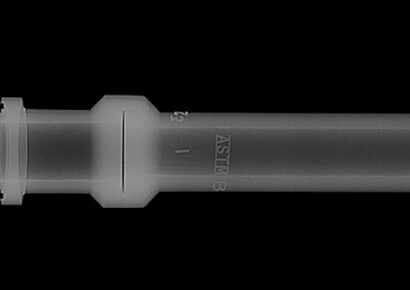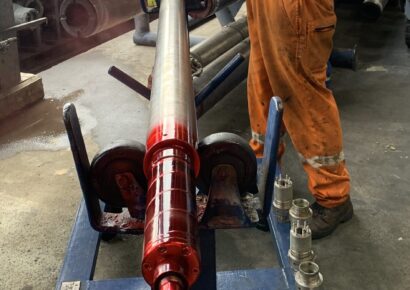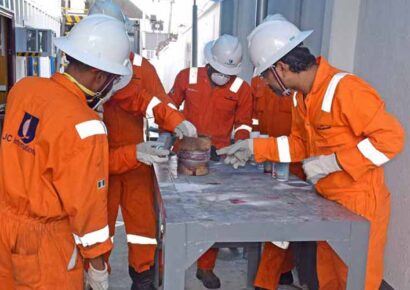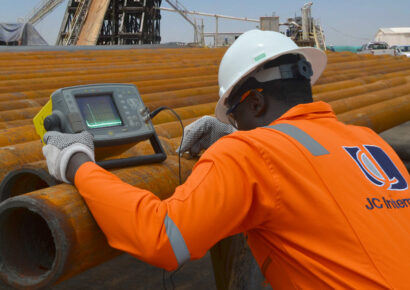Course Overview
The Visual Inspection course is designed to provide participants with the knowledge and skills required to perform effective visual inspections. This includes understanding the principles, applications, and limitations of visual inspection as an essential Non-Destructive Testing (NDT) method.
Objective
To develop experience in identifying surface flaws, wear, corrosion, and other visible defects, ensuring operational safety and compliance with industry standards.
Main Uses
- Inspecting welds, components, and structures for surface damage.
- Detecting corrosion, wear, or cracks before they escalate.
- Assessing compliance with manufacturing or safety standards.
Main Advantages
- Simple and cost-effective.
- Can be applied to a wide range of materials and structures.
- No specialized equipment is required for basic inspection.
- Provides immediate feedback on visible flaws.
Disadvantages
- Limited to surface defects; cannot detect subsurface issues.
- Accuracy depends on the inspector’s skill and experience.
- May require additional testing methods for deeper analysis.
Target Audience
- NDT Operators
- QA/QC Professionals
- Engineers and Technicians
- Welding Inspectors and Supervisors
Award
Participants who successfully complete both practical and written assessments will receive a certificate demonstrating their proficiency in Visual Inspection techniques and compliance with industry standards.






